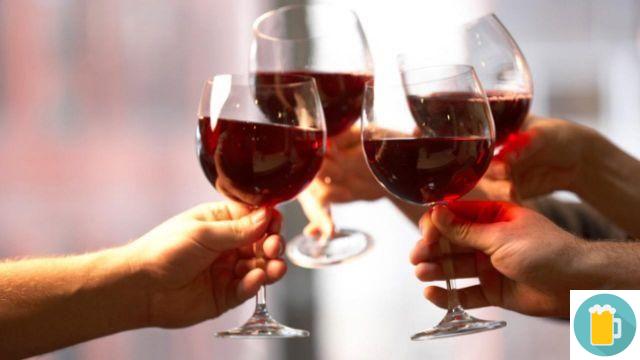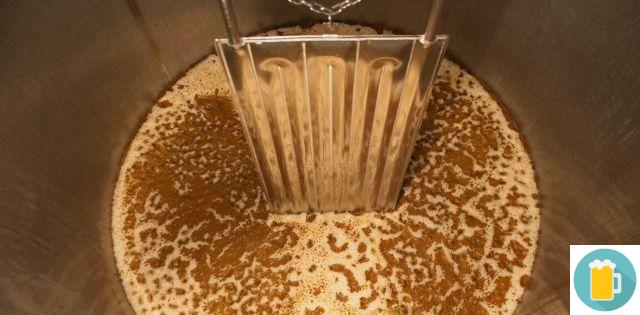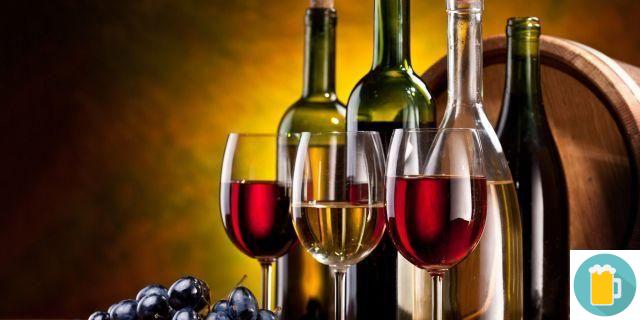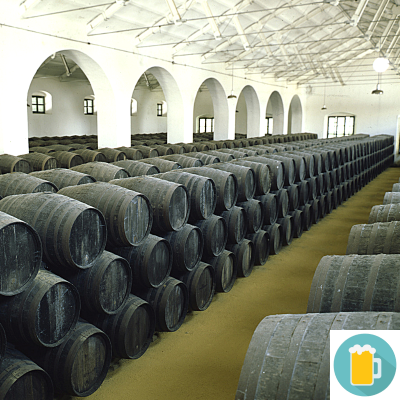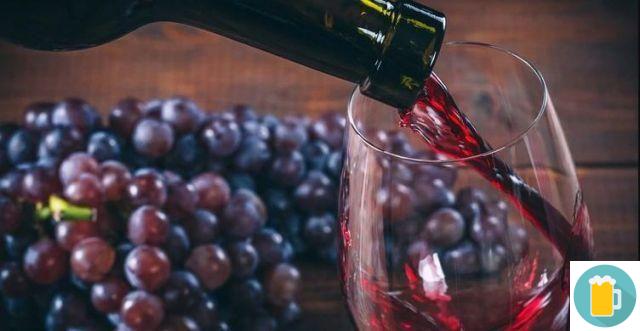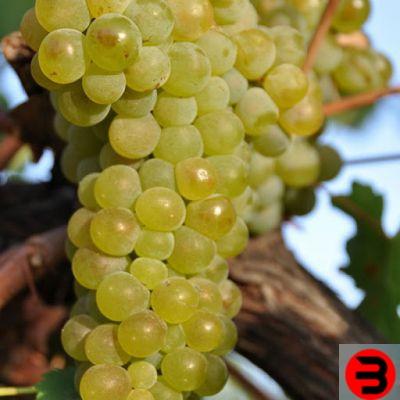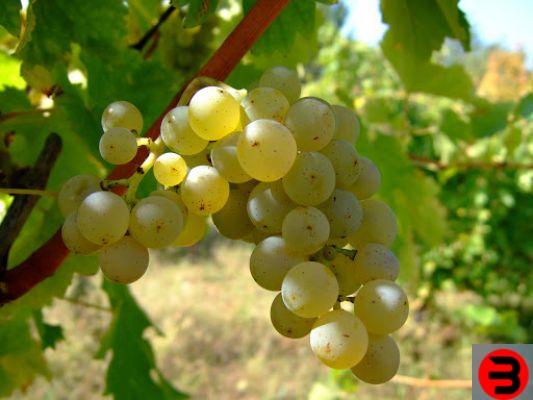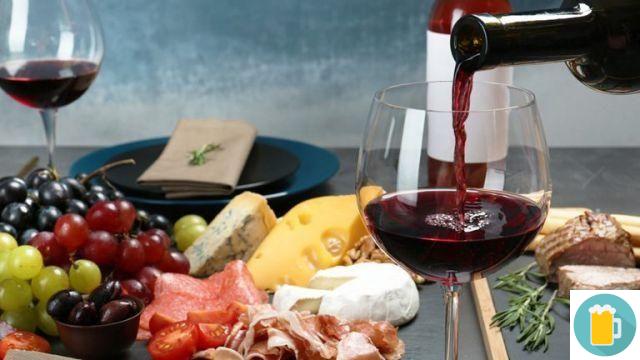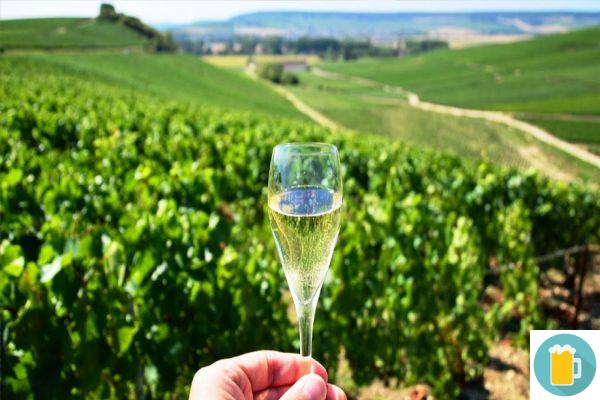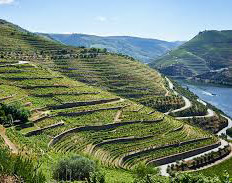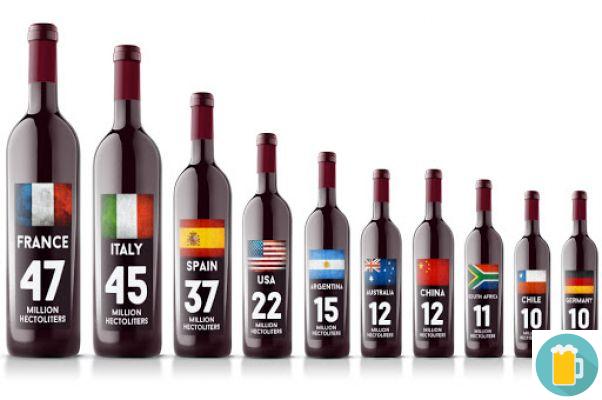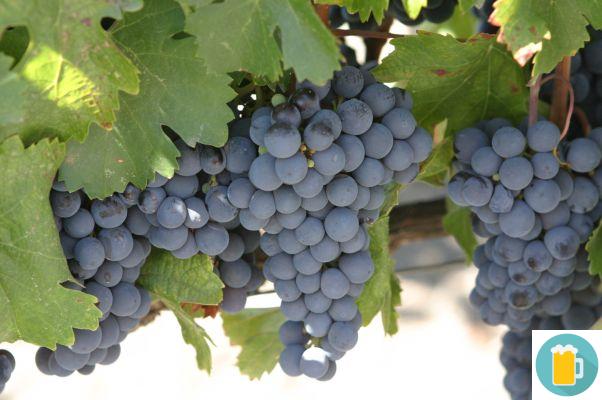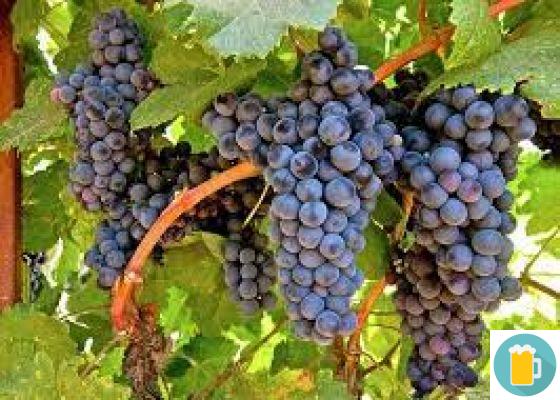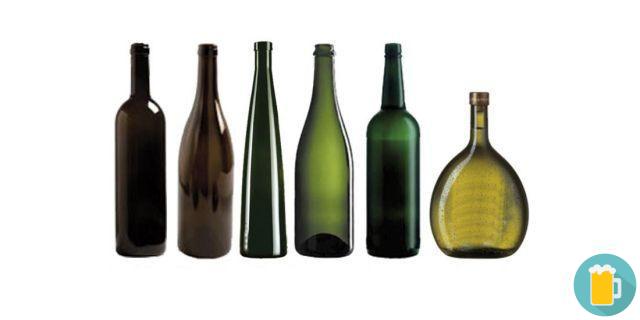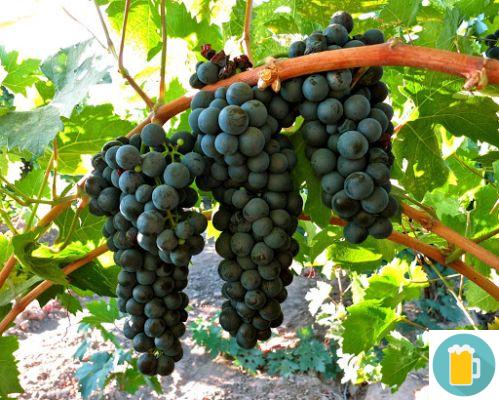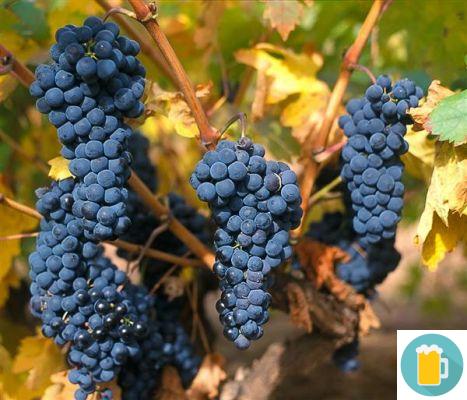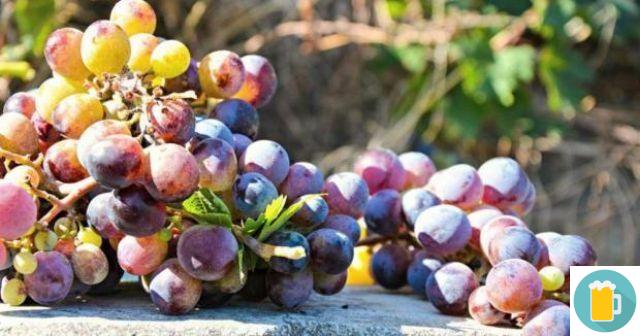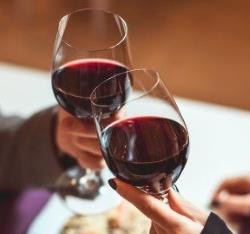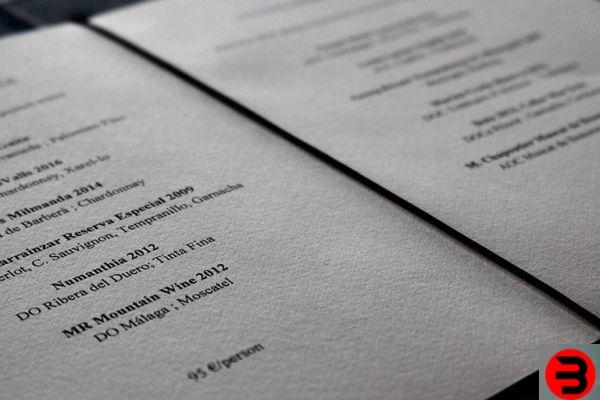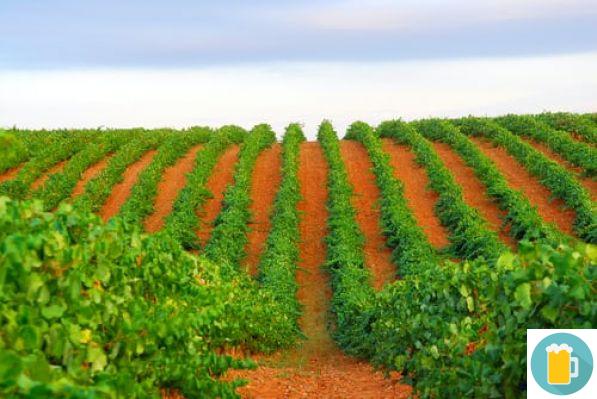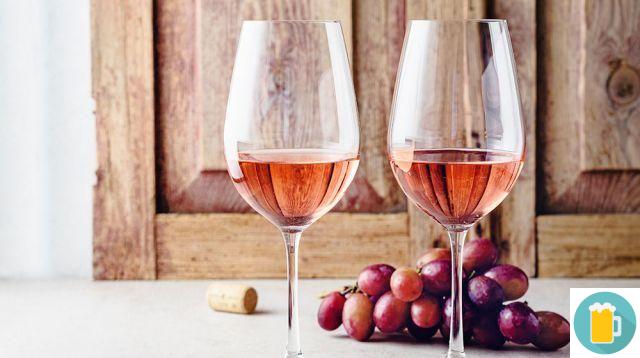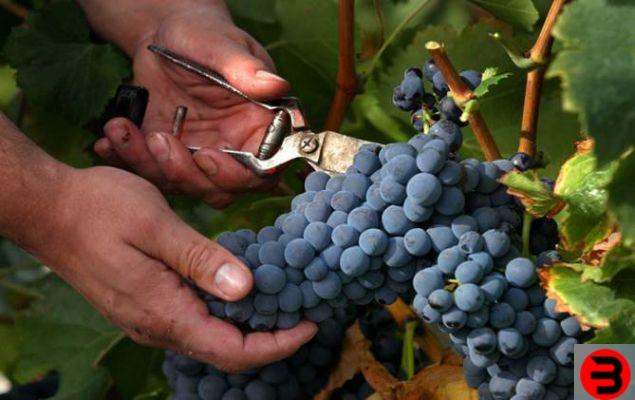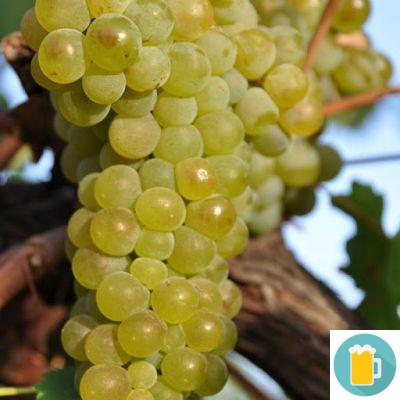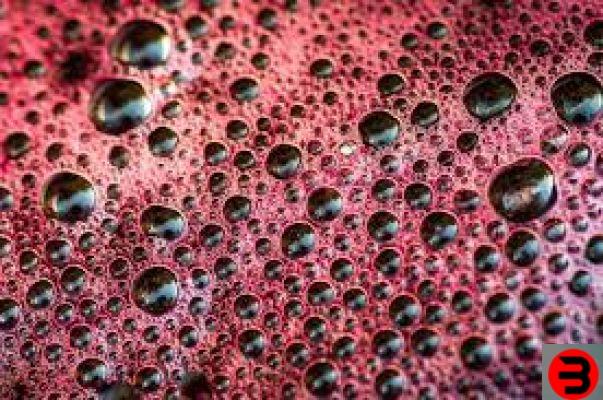Il Classic Method it's a system of sparkling wine
which is based on the principle of refermentation in the bottle. The classic method was born in France, in the region known as Champagne and famous for its wine frizzante which bears his name. Tradition has it that to the end Part 1600 the abbot Pierre Perignon of the monastery of Hautvillers (better known as Dom Perignon) discovered the method of refermentation of wine in the bottle during a pilgrimage to Limoux, in the region of Languedoc-Roussillon. The historical sources are rather confused on how Dom Perignon developed the sparkling wine method that remains linked to his name. Some say it is Champagne it was discovered thanks to an error in the preparation of some White wines in the monastery. The explosion of some bottles he made the monk guess the presence of gas dissolved in the wine. According to another version it seems that Pérignon added XNUMX/XNUMX cup sugar before bottling the wines, to make them referment and make them sparkling. However, Pérignon understood the role of the latter fermentation and worked to refine the technique, creating the sparkling wine method that spread around the world as "Champenoise method". Following several legal disputes, the protection of the wine brand came at the end of the last century Champagne and the method for its production. Its production method, if applied outside the area of origin, could no longer refer to Champagne and was renamed "Classic Method". The classic method sparkling wines produced in France outside Champagne are called "Cremant“, In reference to the vanilla notes impressed by yeast to the scent of these wines.
The classic method and the stages of sparkling wine
La sparkling wine according to the classic method it includes several phases starting from one or more base wines to arrive at the finished product ready for marketing. Let's see them in detail.
Production and assembly of base wines
I base wines for the production of sparkling wines they are vinified as still wines, starting from grapes harvested early to guarantee the wines good acidity. If a vintage, mixing base wines also from different vintages, the wine will not bear any indication of the vintage on the label. On the contrary, if they will be used grapes from a single vintage, the wording will be shown on the label Millesimato and the year of the harvest. Six blended wines come from alone vines white berried (Eg Chardonnay o Pinot Blanc) the sparkling wine is defined White of whites, if it is produced by the divine assembly from black grapes vinified in white we will have a White and black.
Addition of liqueur de tirage
The cuvée thus assembled comes added a solution composed by base wine, cane sugar, selected yeasts and mineral salts to carry out the fermentation process that will lead to the development of alcohol and carbon dioxide, ie the bubbles.
Bottling with yeasts
The wine with the addition of the liqueur de tirage comes bottled in thick bottles, of colore dark to protect the wine from light, with the convex bottom that better resists internal pressure e closed with a stopper the crown. Under the crown cap used for this temporary closure, a small is inserted plastic cylinder called "bidule", where the exhausted yeasts will collect at the end of fermentation. The bottles have formats traditional ranging from 0,375 to 30 liters, even if in fact only 0,75 and 1,5 liter formats (magnum) they are used for the second fermentation, while pFor the other formats, the bottles are filled by decanting.
Foam socket
The bottles then come stacked horizontally in rooms with a controlled temperature between 10 ° and 12 ° in the absence of lights and vibrations and an adequate level of humidity. The sugars present are slowly transformed by the yeasts developing alcohol and carbon dioxide. This phase can last from a usually 18 months minimum up to many years. Once the fermentation was completed, with virtually no sugars, strong internal pressure and the presence of alcohol, the yeast membranes began to decompose and release scents and complex aromas. Thanks to this long and slow process of aging the sparkling wine also develops a fine perlage and persistent. The length of stay on the yeasts, together with the possible aging of the base wines, therefore determines the olfactory profile of the classic method sparkling wine.
Remuage
At the end of the refinement phase it is necessary separate the lees of the exhausted yeasts from the sparkling wine. A for this purpose is made rotation of the bottles (remuage) with increasing inclination from the horizontal to almost vertical position. In this way the residues are concentrated on the tip of the bottle neck. Depending on the quantity of the bottles to be treated, the remuage can be conducted Manually, using the traditional wooden trestles called "desks", Or using special machinery capable of rotating baskets containing hundreds of bottles (giropallets). The exhausted lees are collected in the bidule, right under the crown cap. In this position the sparkling wine is possible preserve “In tip”, practically unchanged even up to many years, waiting for the next phase.
Mouth or "disgorging"
La sboccatura it is the ejection phase of the lees. Today this process takes place almost exclusively in a mechanized way, freezing the bottoms of the bottlesand facing down into a refrigerating bath. This is followed by the removal of the crown cap and the expulsion of the cylinder of frozen lees collected in the bidule. At one time this procedure was carried out by hand, at the flight, requiring great skill and speed.
dosage
During the fermentation process all the sugars in the grapes and those added with the liqueur de tirage were transformed and the sparkling wine is completely dry at the end of the process. Before the final capping is necessary add some liquid to compensate for the volume lost with disgorgement. This liquid is called "liqueur d'expedition"Which can have different degrees of" dosage "(dosage) depending on his sugar content. If topping up with the same sparkling wine, there is no dosage and the sparkling wine will be perfectly dry ("Pas Dosé","Dosage Zero"Or"Dry Nature"). The liqueur d'expedition it can be added with wine aged in barrique, cane sugar, brandy or other spirits, all according to a secret recipe, to give a unique style to the final product and the desired sugar content.
Capping and coabillage
Finally, at the end of the process and after the liqueur d'expedition has perfectly blended, we arrive at the tappatura (for details on sparkling wine corks, see here ) and al packaging. More and more companies carry the label on the back release date to allow an ideal consumption which should take place between 6 and 12 months for "standard" sparkling wines, while products of excellence can be stored and evolved in the bottle even for much longer periods.
The vines used for classic method sparkling wines
Since it is a refermentation in bottle on the lees, the classic method it does not lend itself to the sparkling of aromatic vines. In fact, the most used vines are those of the French tradition, that is Chardonnay, Pinot Noir, Pinot Bianco and Pinot Meunier, since they are the ones that give the best results and are best suited to the sparkling process. The Pinot Noir is vinified in white and will give structure, body and persistence. The Chardonnay it gives the wine elegance, freshness and finesse, and is also often used alone. In Italy si USA also make sparkling wines with the classic method native vines or local, as long as they are not aromatic, such as Verdicchio in Walk,Inzolia in Sicily, Cut yourself in Piedmont and many others. There Franciacorta it is an area in which sparkling wine with the classic method has found its greatest diffusion in Italy, but also in Piedmont, Trentino-Alto Adige e Veneto there are productions of absolute excellence.




